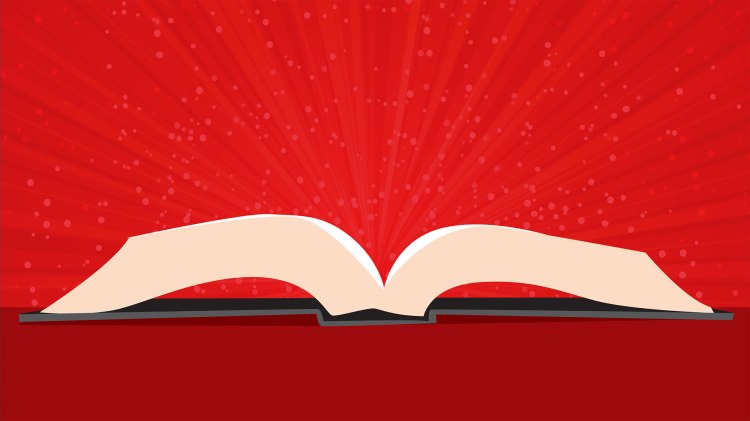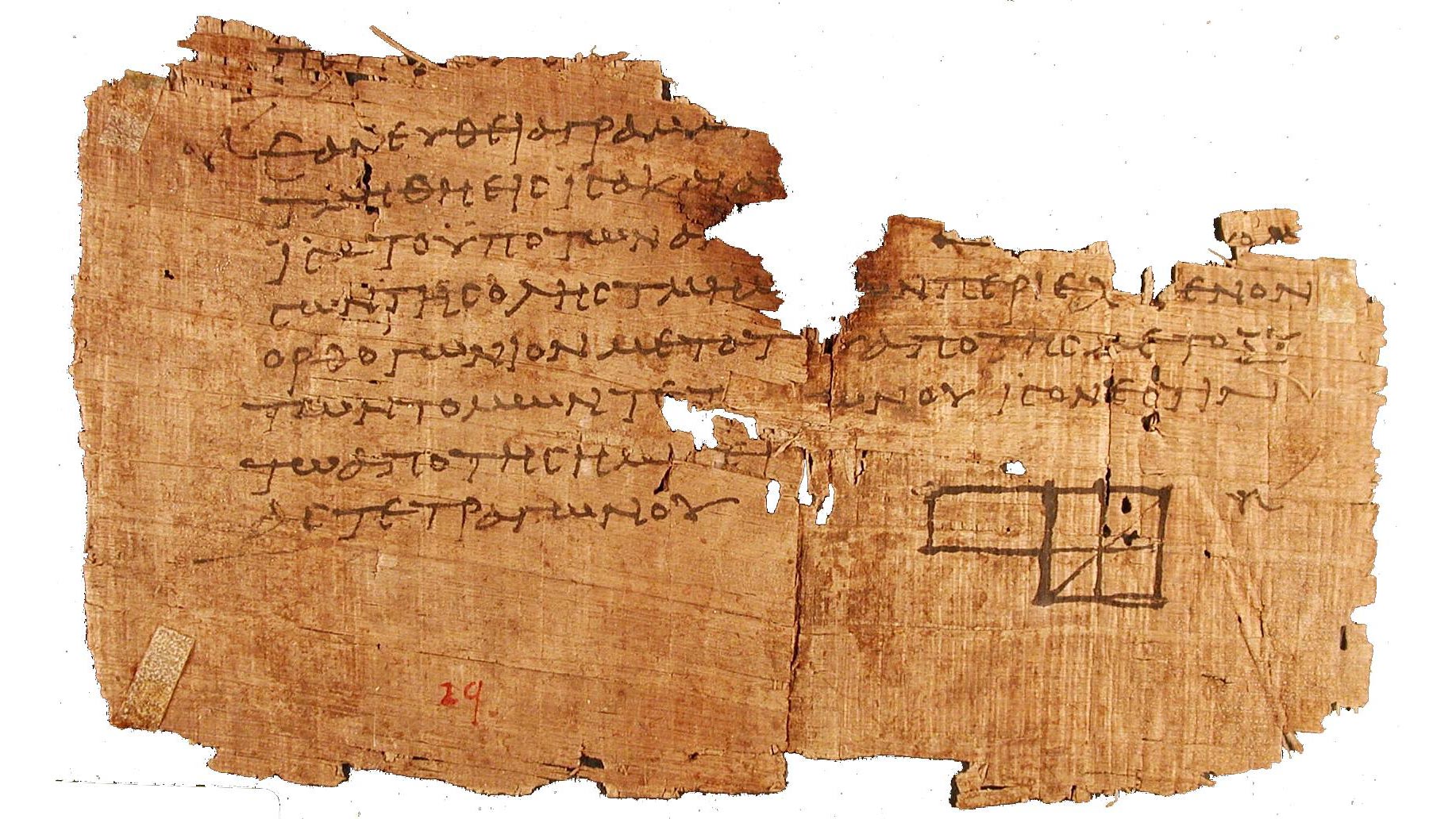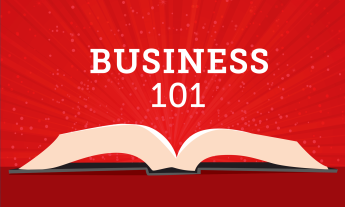
Ready to level up your working knowledge of math? Here’s what to read now — and next.
Math 101, with Jennifer Ouellette
First, start with these 5 books…

1. Number: The Language of Science
Tobias Dantzig
Plume, 2007
“First published in 1930, this classic text traces the evolution of the concept of a number in clear, accessible prose. (None other than Albert Einstein sang its praises.) A Latvian mathematician who studied under Henri Poincare, Dantzig covers all the bases, from counting, negative numbers and fractions, to complex numbers, set theory, infinity and the link between math and time. Above all, he understood that the story of where mathematical ideas come from, how they relate to each other, and evolve over time, is key to a true appreciation of mathematics.”
2. Innumeracy: Mathematical Illiteracy and its Consequences
John Allen Paulos
Hill and Wang, 2001
“This bestselling book originally published in 1988 remains one of the best introductions to the basics of large numbers, statistics and probabilities with illustrations drawn from everyday life: sports, the stock market, the lottery and dubious medical claims, to name a few.”
3. How Not to Be Wrong: The Power of Mathematical Thinking
Jordan Ellenberg
Penguin, 2014
“Pair Paulos with the just-released How Not to Be Wrong. Ellenberg deftly introduces the most basic mathematical tools in crisp, lively prose, liberally peppered with real-life examples, to help the reader start thinking like a mathematician. From Francis Galton and regression to the mean, to survivorship bias, uncertainty and the statistical challenges of ferreting out the signal from the noise in increasingly large data sets, he shows us how to use math to avoid potential pitfalls and make smart decisions.”
4. Zero: The Biography of a Dangerous Idea
Charles Seife
Penguin, 2000
“Most of us take zero for granted, but there was a time when it simply didn’t exist, until some enterprising Babylonian soul inserted it as a placeholder in Eastern counting methods. The ancient Greeks banned its use, the Hindus worshipped it, and eventually it became one of the most important conceptual tools in mathematics. In this lucid, elegantly written history of zero, Charles Seife ably demonstrates that zero is ‘infinity’s twin’ – far more than nothing.”
5. A Tour of the Calculus
David Berlinski
Vintage, 1997
“The prose gets a bit turgid at times, and some readers might be deterred by the proofs and equations scattered throughout, but Berlinski has some lovely descriptions and turns of phrases. A unique take on a daunting subject, and a longtime favorite among math aficionados.”
Then, read these 3 foundational texts…

1. First Six Books of the Elements of Euclid [full-text]
Euclid, with annotations by John Casey
Project Gutenberg, 2007
“This is hands-down the most influential work when it comes to the foundations of mathematics, which is probably why it’s been a staple of formal study for 2000 years. Abraham Lincoln kept a copy in his saddlebag, once declaring, ‘You can never make a lawyer if you do not understand what demonstrate means.’ If wading through this classic Greek text seems a bit too daunting, try David Berlinski’s The King of Infinite Space: Euclid and his Elements. It provides a breezy overview of the key axioms, propositions and proofs contained in Euclid’s masterpiece.”
2. Measurement
Paul Lockhart
Belknap, 2012
“Paul Lockhart’s famous essay, ‘A Mathematician’s Lament’ — a scathing critique of K-12 math education — struck a chord with educators and mathematicians alike, and he followed up with his own approach to introducing students to the basics of math: symmetry, circles, cylinders and cones, and more. One learns math by doing math, so Lockhart provides problems for the reader to solve – but he doesn’t provide the answers. He wants us to figure it out on our own, because that’s what mathematicians do. They don’t have the luxury of looking up the answer in the back of the book. Readers should expect to be challenged, and would do well to take Lockhart’s admonition — ‘Let math be hard’ — to heart. We must be willing to push through our failures, because the learning comes from taking the journey.”
3. When you’re ready to get your hands dirty with more formal instruction, I recommend perusing the extensive math catalogs of The Great Courses (formerly The Teaching Company) and Khan Academy.
Last, here’s one from the cutting edge…

Sync: How Order Emerges from Chaos in the Universe, Nature and Daily Life
Steven Strogatz
Hyperion, 2003
“What do traffic jams, pendulum clocks, the parlor game Six Degrees of Kevin Bacon and fireflies that flash in unison have in common? When it comes to the basics of self-organization, and the underlying mathematical laws that govern such phenomena, you couldn’t ask for a better guide than Steven Strogatz. The Cornell mathematician helped pioneer the study of ‘synchrony’: the spontaneous creation of order at every level of our universe. Pair with the late Danish physicist Per Bak’s How Nature Works: The Science of Self-organized Criticality, which finds a possible answer to the problem of how self-organization spontaneously emerges in nature in the critical point of phase transitions. The 1987 paper on which Bak based his book is one of the most highly cited of the last 30 years.”
And 2 quirky, personal favorites.
“A self-described recreational ‘mathemusician,’ Vi Hart has amassed a devoted online following for her fun, accessible explorations of mathematical concepts, whether it be infinity, Fibonacci sequences or the true value of pi. I highly recommend her ‘Doodling in Math’ series, as well her thirty-minute viral masterpiece on twelve-tone musical theory. The latter riffs off Igor Stravinsky’s ‘The Owl and the Pussycat,’ featuring a cameo appearance by Zombie Schoenberg and Hart’s own twelve-tone version of ‘Mary Had a Little Lamb.’ It’s racked up well over a million views on YouTube and deserves several million more.
2. Logicomix: An Epic Search for Truth
Apostolos Doxiadis and Christos H. Papadimitriou, with art by Alecos Papadatos and Annie Di Donna
Bloomsbury USA, 2009
“Maybe a graphic novel about Bertrand Russell’s deeply philosophical quest for the foundations of mathematics seems a bit strange, but like Art Spiegelman’s Maus, this elevates the genre to high art. Opening with one of Russell’s public lectures in 1939, and featuring encounters with such historical luminaries as Kurt Gödel and David Hilbert, Papadimitriou’s narrative is inventive, thought-provoking and well worth reading for those interested in the nature of logic and the search for absolute truth.”
Featured image: iStockphoto.













